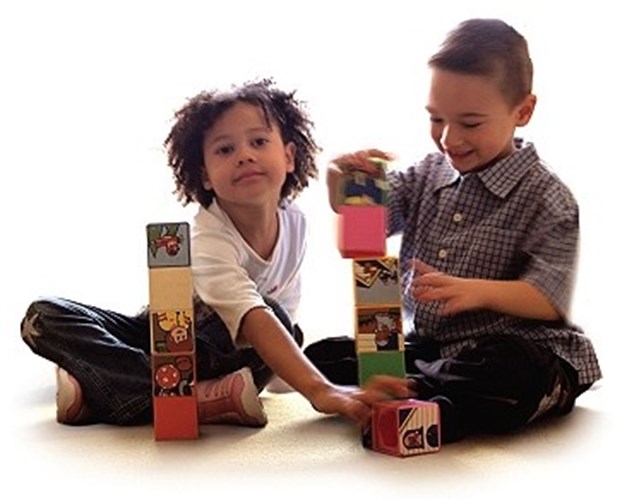
Lawrence J. Cohen, Ph.D., writes about the importance of play in his award-winning book Playful Parenting. He states ‘Through play, they (children) practice cooking, cleaning, going to work, fighting, taking care of the baby—every adult activity they see around them. This kind of playful practice, performed over and over, makes them more confident.’ The author also says that play helps children cope with problems ranging from big traumas to little upsets and helps them process the new information they receive every day.
Toys help children self-entertain and become independent. It may seem that more toys provide more entertainment and thus help the child work, but that is not the case.
Kids with less use their imagination more. Without many toys, children use their craft of pretending to imagine the scenario in which they are working. Studies show that Einstein was right when he stated that “the true sign of intelligence is not knowledge but imagination.”
Kids maintain focus more easily with less toys with less distractions. This sort of environment is teaching the child to focus on the task at hand. Toys that provide excess stimulation have been linked to ADHD.
Kids interact more with others with less toys forcing them to develop better communication skills. These are not innate; they are learned. Having less stuff allows for less to get in the way of social interactions. When children pretend together, they communicate together.
Kids also learn to respect what they have. A child is more likely to value their work when they know they do not have lots of replacement toys.
Kids become more educated with fewer toys especially when you choose toys like books, blocks, art supplies and puzzles, children work on skills like reading, building, drawing, and writing. Such toys can incorporate lessons about the world that the child is immersed in rather than distract them from it.
Kids develop resourcefulness from less not from excess. Kids learn to use what they have to get the job done.
As parents, we want our children to put people first over possessions and not be greedy. Less toys equates to more interacting with others without objects coming between them which allows children to value people over things.
With lots of toys little effort is needed to create that ideal play world or complete the work, kids tend to just go from toy to toy until it no longer holds their attention. With just a few toys kids learn mastery. Without distraction, a child focuses on a certain toy and in doing so they learn to master it and to be proud of their accomplishments.
Parents may worry that not giving their child what their peers have may make them unpopular or feel underprivileged, but it teaches them that a person’s identity is built by character, not possessions. In this way children also realize they don’t actually need everything they want to be happy and have fun. With fewer toys children tend to spend more time outdoors and once they are out there their games incorporate and involve nature. Immersed in nature a new appreciation develops in children.
When children learn to be happy with what they have they tend to appreciate that what they most need is love, and they will learn that love and happiness can’t be bought.
Having fewer toys helps children to learn the value of having a tidy environment. A child will not have to dig through toy boxes and dump things about because having minimal toys allows for “a place for everything, and everything in its place.”
So what do you do when family and friends flood your house with toys for your children? Store and rotate them once your children have mastered them and show less interest. You can also kindly suggest that family members give toys like blocks, balls, shapes, puzzles and art supplies rather than loud, flashy objects that require little to no imagination or fine motor skills. You can also request clothes or encourage the child to give their excess toys to charity.